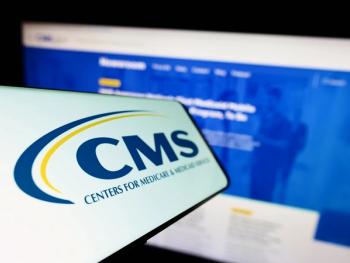
Retinal Disease Gene Therapy Field Remains Nascent Despite Recent Approval
Most gene therapies being studied for eye diseases are in earlier phases of development, and a third of the gene therapies being investigated are for age-related macular degeneration.
Currently just two gene therapies have been approved to treat retinal diseases: Luxturna (voretigene neparvovec-rzyl) approved in 2017 to treat inherited retinal diseases with two mutations of the RPE65 gene, and the more recently
But the broader field of gene therapy research for retinal diseases remains stuck in early phases, according to a new study. The
Led by Shizhou Cheng of the First Affiliated Hospital of Yangtze University, the study found that approximately two-thirds of trials are concentrated in phases 1 and 2, suggesting gene therapy for retinal conditions is still examining safety and preliminary effectiveness rather than moving toward broad clinical application.
“Gene therapy for retinal degenerative disease exploration has gained increasing attention recently. However, the current state of clinical trials investigating the efficacy and safety of gene therapy for retinal degenerative diseases must be investigated to translate these promising preclinical results into clinical practice,” the study authors wrote.
The study analysis found that four conditions make up more than 80% of all gene therapy clinical trials for retinal diseases, with age-related macular degeneration leading the way with 34% of studies, followed by retinitis pigmentosa at 28%. Leber hereditary optic neuropathy and Leber congenital amaurosis represented approximately 11% and 10% of trials, respectively, rounding out the top four.
A large number of trials target vascular endothelial growth factor A (VEGF-A), a protein involved in abnormal blood vessel growth and the health of retinal cells, the authors wrote. They also noted the growing interest in using tumor biomarkers and multi-omics technologies, such as single-cell sequencing and proteomics to explore disease dynamics and determine the potential for new targets and therapies.
The study found a limited number of late-stage studies backed by industry sponsors, which often play a critical role in scaling therapies for broader access. Geographic disparities also stood out. Most trials were concentrated in high-income countries like the United States.
The challenges facing gene therapy for eye disease mirror those seen across the broader gene and cell therapy sector. Although 79 gene therapy trials were launched in the first quarter of 2025, the proportion of trials for non-cancer conditions fell for the second straight quarter, according to the
The study suggests that as gene therapy for retinal degenerative diseases continues moving from proof-of-concept to clinical applications, greater precision, safety and universality will be achieved. However, widespread use faces challenges including high costs, technical complexity, immune barriers and potential side effects that require rigorous clinical trials to validate broad effectiveness and safety.
To get there, however, researchers will need to move beyond exploratory trials.
“Although the number of trials has significantly increased, the number of phase 3/4 and industry-sponsored trials is limited,” the authors wrote. “This highlights the challenge of translating preliminary findings into broader clinical applications.”
Newsletter
Get the latest industry news, event updates, and more from Managed healthcare Executive.






















































